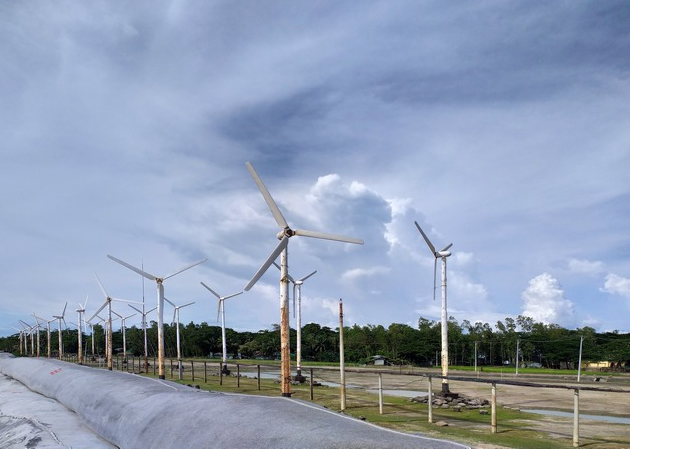Currently targets sum up to 7,242 GW of global renewable capacity by 2030, which is 3,758 GW short of the 11,000 GW needed for global tripling
At COP28, more than 130 countries pledged to triple global renewable energy capacity by 2030, while increasing energy efficiency. This meant realigning national renewable energy goals, and also ramping up renewables expansion.
However, out of the 130, only eight countries have reoriented their renewable targets to fit the 2030 tripling goal, found a new report by global energy think tank Ember. The report said that till October 2024, or a year since the pledge was taken, there has just been a 4 GW increase in overall renewable energy targets globally.
Ember’s report found that the national targets for renewables set by national governments remain almost unchanged. Going by the current scenario, the tripling goal seems far away, as the total global renewables are still adding up to just more than doubling of the global renewables capacity by 2030.
Currently, if one sums up the 2030 renewable targets of individual countries, it comes to 7,242 GW — a 2.1x increase from the 3,379 GW capacity recorded in 2022. To achieve a tripling, the world needs a total renewable deployment of 11,000 GW. In order to achieve this, an additional deployment of 3,758 GW of renewable capacity needs to be installed by 2030.
Not ambitious enough
Ember based its report on analysing the national 2030 renewable capacity targets of 96 countries, and the EU as a single bloc. It said that these countries together account for 96% of the world’s renewable capacity, 95% of global electricity sector demand and 94% of global power sector emissions.
However, not all of these 96 countries have renewable capacity targets for 2030. Only 83 do.
The report also pointed out that regions like the Middle East and North Africa (MENA), Sub-Saharan Africa, Eurasia, Latin America and Asia, primarily in the Global South, have a large gap between their regional targets and the necessary renewables expansion to achieve tripling.
“Renewables markets have moved, but governments’ ambitions have not. The growth of renewables is exceeding expectations every year and this is combined with falling prices,” said Dr Katye Altieri, Electricity Analyst at Ember. “Markets are booming but there’s still a lack of ambition from countries.”
More focus on battery storage
While one of COP28’s most notable realisations was the need to triple global renewable capacity by 2030, this ongoing COP29 at Baku, Azerbaijan, can cement the vision for implementing necessary battery storage capacities.
The COP29 presidency already fleshed out a global goal of increasing energy storage capacity by six times above 2022 levels. If that is achieved, then there will be 1,500 GW of storage capacity by 2030, which has been endorsed by the G7.
However, Ember’s report found that only 30 of the 96 countries assessed have some inklings of national battery storage. Going by their targets, these 30 countries combined can achieve a total of 284 GW of storage capacity by 2030. This would be woefully short of the 1,500 GW global storage target.
“Year after year, renewables growth continues to exceed expectations. Prices are falling, markets are surging and technological efficiency is improving. What’s missing are high ambitions and confidence from countries – national targets are outdated and should be updated to reflect that a tripling is now within reach. COP29 presents an excellent opportunity for leaders to support a storage goal to support the global tripling of renewables,” said Dr. Altieri.
About The Author
You may also like
Renewables are Cutting Down Power Prices Globally: Report
India’s PLI Drives Growth in Solar Manufacturing Sector: Report
BlackRock plans to invest ₹3,000 crore in Aditya Birla Renewables
In 2025, costs of storing renewables with batteries have fallen to its lowest ever: Report
Renewables providing one-fifth of electricity in 20 countries: Report

